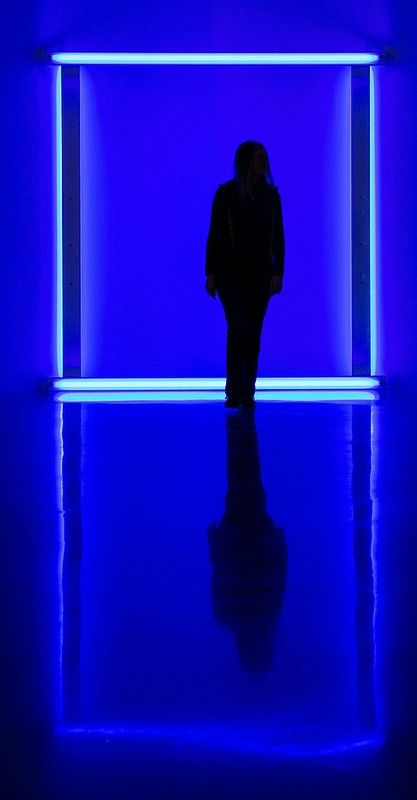
Dan Flavin
Untitled (to Barnett Newman) two
Dan Flavin was an American artist and pioneer of Minimalism, best known for his seminal installations of light fixtures. His illuminated sculptures offer a rigorous formal and conceptual investigation of space and light, wherein the artist arranged commercial fluorescent bulbs into differing geometric compositions. “I like art as thought better than art as work,” he once said. “I’ve always maintained this. It’s important to me that I don’t get my hands dirty. It’s not because I’m instinctively lazy. It’s a declaration: art is thought.”








